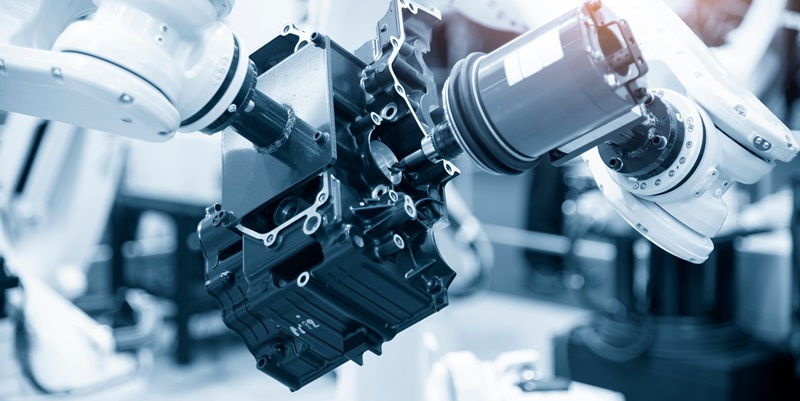GITAI, a California-based robotics company, is leading the charge at the intersection of space operations and robotic innovation with its groundbreaking S2 robotic arm. Designed specifically for the challenges of the International Space Station, the S2 is a testament to significant advances in automating complex space tasks. This autonomous system was transported to the ISS by Northrop Grumman’s cargo spacecraft, commencing a pioneering chapter in space assembly, servicing, and manufacturing operations. The S2’s deployment marks a strategic step in enhancing the efficiency and safety of in-space activities, setting a new standard for robotic assistance beyond the Earth’s atmosphere. With GITAI’s contribution, the future of extraterrestrial robotic work looks both promising and efficient.
Pioneering Robotics on the ISS: The Introduction of the S2
Among the stars, the S2 robot stands as an embodiment of GITAI’s vision to catalyze the automation of space operations. With functions extending to servicing, assembly, and manufacturing in space, the S2, with its formidable 1.5-meter arm, will be closely scrutinized through a series of in-orbit tests. These evaluations succeed a series of comprehensive analyses conducted back on terra firma. Sho Nakanose, GITAI’s CEO, exudes confidence in the S2’s forthcoming extravehicular demonstrations. This critical campaign serves a dual function—not only will it showcase the S2’s operational proficiency in an orbital environment but also elevate its technology readiness level to a coveted TRL 7. Reaching this benchmark is instrumental to GITAI’s objective of supplying an array of in-space services to both commercial and governmental entities, propelling an era of robotic space operations.
The S2 traverses the vacuum of space, affixed beyond the confines of the ISS’s habitat within the commercial airlock constructed by Nanoracks. The addition of this airlock since 2020 has been nothing short of transformative, permitting the seamless transfer of payloads and thus expanding the frontier for space-based R&D. As the S2 embarks on its groundbreaking mission, it carries the torch passed on by its predecessor, the S1, which laid the foundational work for in-space assembly and robotic intravehicular activities within the confines of the ISS in 2021.
Streamlining Space Operations with Advanced Technology
GITAI’s S2 robot is set to revolutionize the way we work in space, building on the successes of the S1. This new robotic arm will handle complex tasks outside of a spacecraft, enhancing the automation capabilities of the ISS, which already benefits from robots like Canadarm2. With a versatile toolset, the S2 is designed to minimize human exposure to the dangers of space. Mary Murphy of Nanoracks sees the S2 as pivotal in executing operations in harsh environments, thereby improving astronaut safety and reducing costs. As the S2 starts its journey aboard the ISS, it signifies the growing trend of autonomous systems in space exploration, offering a glimpse into a future where robots could be at the forefront of space operations. The industry looks forward to the advancements that the S2 promises, as it is poised to reshape our methods in space labor and exploration.

